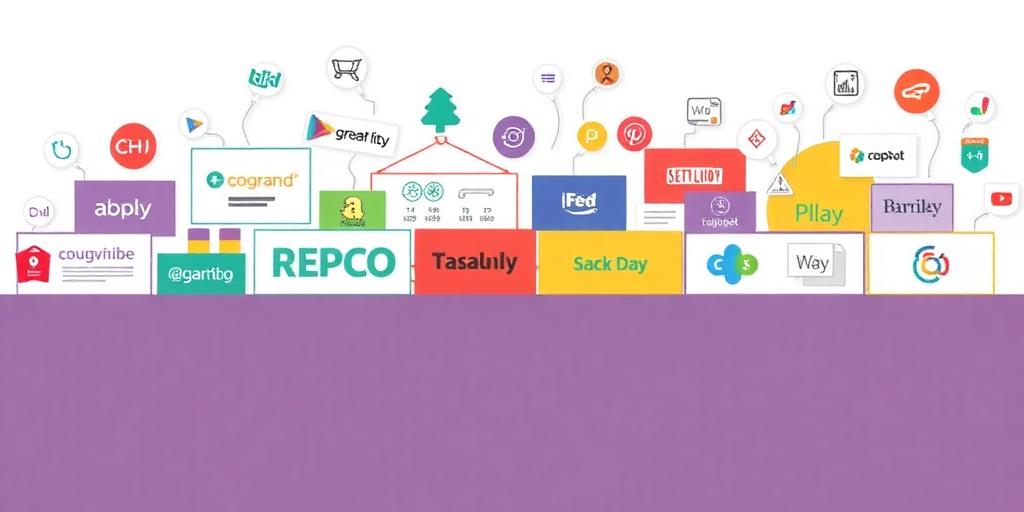The subscription model has exploded in popularity, extending far beyond traditional media and software. Today, you can subscribe to services catering to nearly every aspect of your lifestyle. This article explores the rise of subscription services, examining their prevalence across various sectors and considering the reasons behind their widespread adoption.
The Ubiquity of Subscriptions
From entertainment to personal care, subscription services have permeated numerous industries:
- Entertainment: Streaming giants like Netflix, Hulu, and Disney+ dominate the entertainment landscape, offering vast libraries of movies and TV shows for a monthly fee.
- Music: Spotify and Apple Music provide access to millions of songs, eliminating the need to purchase individual albums or tracks.
- Software: Adobe Creative Cloud and Microsoft 365 offer subscription-based access to essential software applications, ensuring users always have the latest versions.
- Food and Beverage: Meal kit services like Blue Apron and HelloFresh deliver pre-portioned ingredients and recipes, simplifying meal preparation. Coffee, tea, and snack subscriptions cater to specific tastes and dietary needs.
- Personal Care: Subscription boxes for cosmetics (e.g., Birchbox), skincare (e.g., Curology), and grooming products (e.g., Dollar Shave Club) provide curated selections delivered regularly.
- Fashion: Stitch Fix and Rent the Runway offer personalized styling services and access to clothing rentals, addressing the desire for variety and convenience.
- Pet Supplies: BarkBox and similar services deliver toys, treats, and other essentials for pets on a recurring basis.
Why the Subscription Model Thrives
Several factors contribute to the success of subscription services:
- Convenience: Subscriptions automate routine purchases and deliveries, saving consumers time and effort.
- Value: Many subscriptions offer cost savings compared to purchasing individual items or services.
- Personalization: Subscription services often provide personalized recommendations and curated selections based on individual preferences.
- Access: Subscriptions grant access to a wide range of content, products, or services for a fixed monthly fee.
- Discovery: Subscription boxes and curated services introduce consumers to new products and brands they might not otherwise discover.
Challenges and Considerations
While subscription services offer numerous benefits, consumers should also be aware of potential drawbacks:
- Recurring Costs: Subscription fees can add up over time, potentially exceeding the cost of purchasing items or services outright.
- Unused Subscriptions: It's easy to forget about subscriptions, leading to wasted money on services that aren't being used.
- Cancellation Policies: Some subscription services have complicated cancellation policies, making it difficult to unsubscribe.
- Subscription Fatigue: The sheer number of subscription options can be overwhelming, leading to "subscription fatigue."
The Future of Subscriptions
The subscription model is likely to continue its growth trajectory, with new services emerging to cater to niche interests and evolving consumer needs. As the subscription landscape becomes increasingly crowded, businesses will need to focus on providing exceptional value, personalized experiences, and seamless user experiences to attract and retain subscribers.
Conclusion
Subscription services have transformed the way we consume goods and services, offering convenience, value, and personalization. While it's essential to be mindful of recurring costs and potential drawbacks, the subscription model is undoubtedly here to stay, shaping the future of commerce across various industries.









